Description
Familiarity with treatment
Wrist Joint Replacement, also known as wrist arthroplasty, is a surgical procedure to replace a damaged or diseased wrist joint with an artificial joint. This procedure is typically performed to relieve pain and restore function in the wrist due to conditions such as severe arthritis or post-traumatic arthritis.
Procedure
During wrist joint replacement, the surgeon removes the damaged parts of the wrist joint and replaces them with an artificial joint typically made of metal and plastic. The artificial joint aims to restore mobility and alleviate pain in the wrist.
Who is it suitable for?
Wrist joint replacement is suitable for individuals who experience:
- Severe wrist pain that limits daily activities
- Difficulty using the hand and wrist due to pain and stiffness
- Inadequate relief from conservative treatments such as medication or bracing
Who is it not suitable for?
Wrist joint replacement may not be suitable for individuals who have:
- Inadequate bone quality to support the prosthesis
- Active or uncontrolled infections in the wrist joint
- Unrealistic expectations regarding the outcomes of the surgery
Advantages
- Reduced wrist pain
- Improved wrist function and mobility
- Enhanced quality of life
- Long-term relief for many patients
Complications
Complications associated with wrist joint replacement can include:
- Infection
- Prosthesis loosening
- Nerve or blood vessel damage
- Limited range of motion
- Wear and tear of the prosthesis over time
Preoperative care
Before wrist joint replacement, patients may need to undergo various tests to assess their overall health and ensure they are fit for the procedure. The doctor may advise certain lifestyle changes, such as quitting smoking and losing weight, to reduce the risk of complications.
Postoperative care
After wrist joint replacement, patients will need to follow a rehabilitation program that includes physical therapy and exercises to regain strength and mobility in the wrist. They will also have to adhere to any precautions and activity restrictions to ensure proper healing of the joint and to minimize the risk of complications.
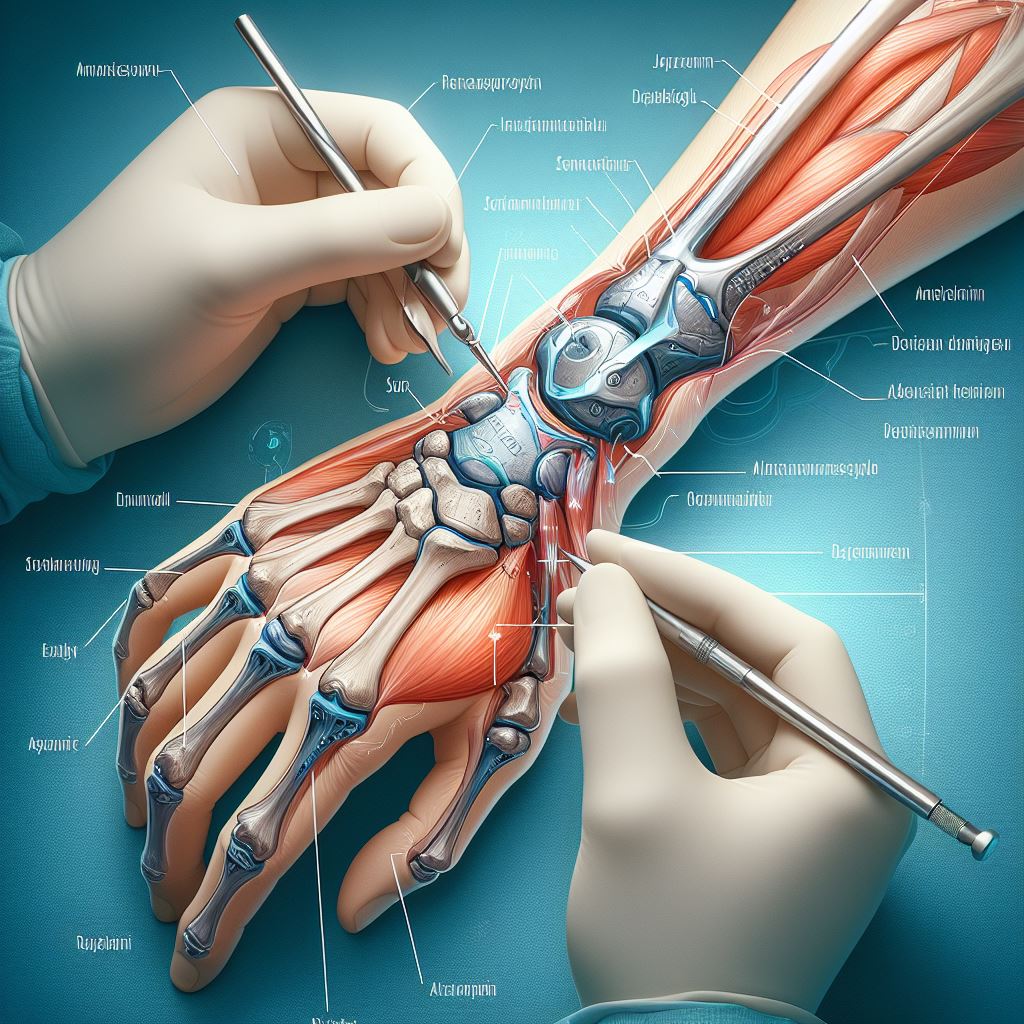
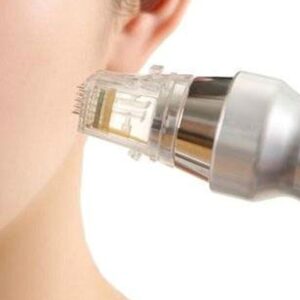
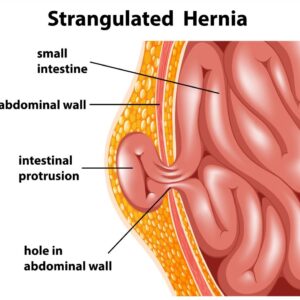
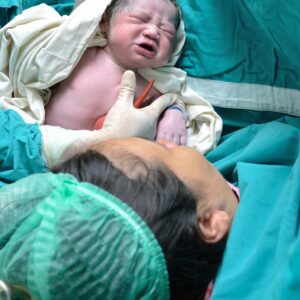

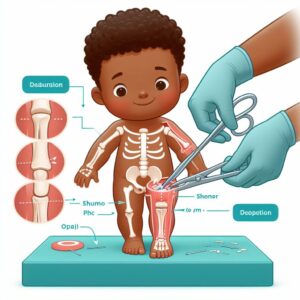
Reviews
There are no reviews yet.